Education is the foundation of a brighter tomorrow. But for schools around the world, especially in developing regions, the journey to provide quality education is often hindered by a lack of reliable electricity. Classrooms without proper lighting, labs without functioning equipment, and digital learning tools sitting unused—all because of inconsistent or
Education is the foundation of a brighter tomorrow. But for schools around the world, especially in developing regions, the journey to provide quality education is often hindered by a lack of reliable electricity. Classrooms without proper lighting, labs without functioning equipment, and digital learning tools sitting unused—all because of inconsistent or
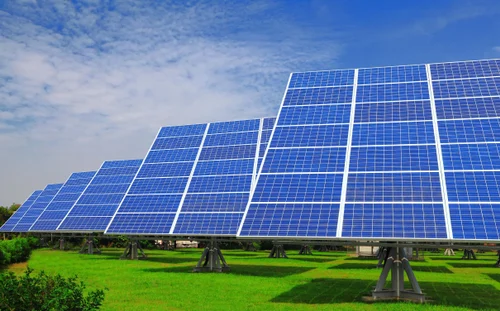
Solar panels on school rooftops are not just about saving on electricity bills—they’re about empowering students and teachers. With a dependable source of clean energy, schools can:
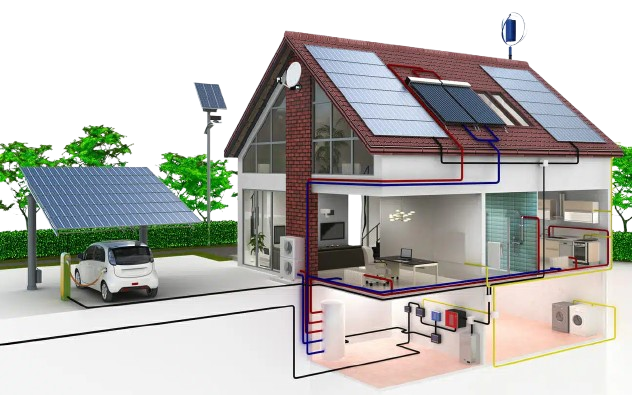
Energy bills often take up a large portion of school budgets. By shifting to solar, schools can cut down on recurring electricity costs and redirect those savings toward books, infrastructure, and better teaching resources. Over time, the system pays for itself while fueling endless opportunities for students.
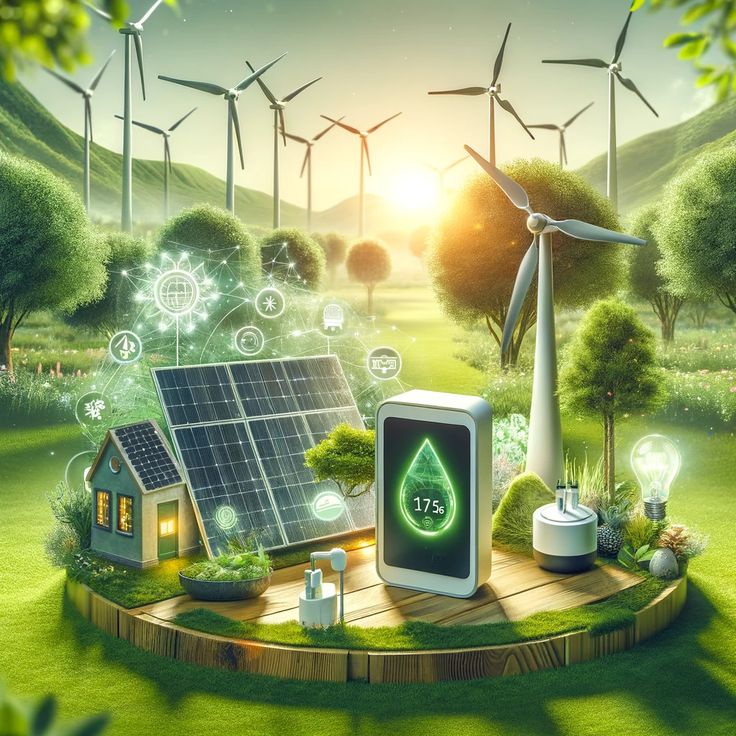
Schools that adopt solar aren’t just using clean energy—they’re teaching students about sustainability in real life. A rooftop solar plant becomes a living classroom where students learn about renewable energy, climate change, and responsibility toward the environment. This hands-on exposure shapes young minds to become eco-conscious leaders of tomorrow.
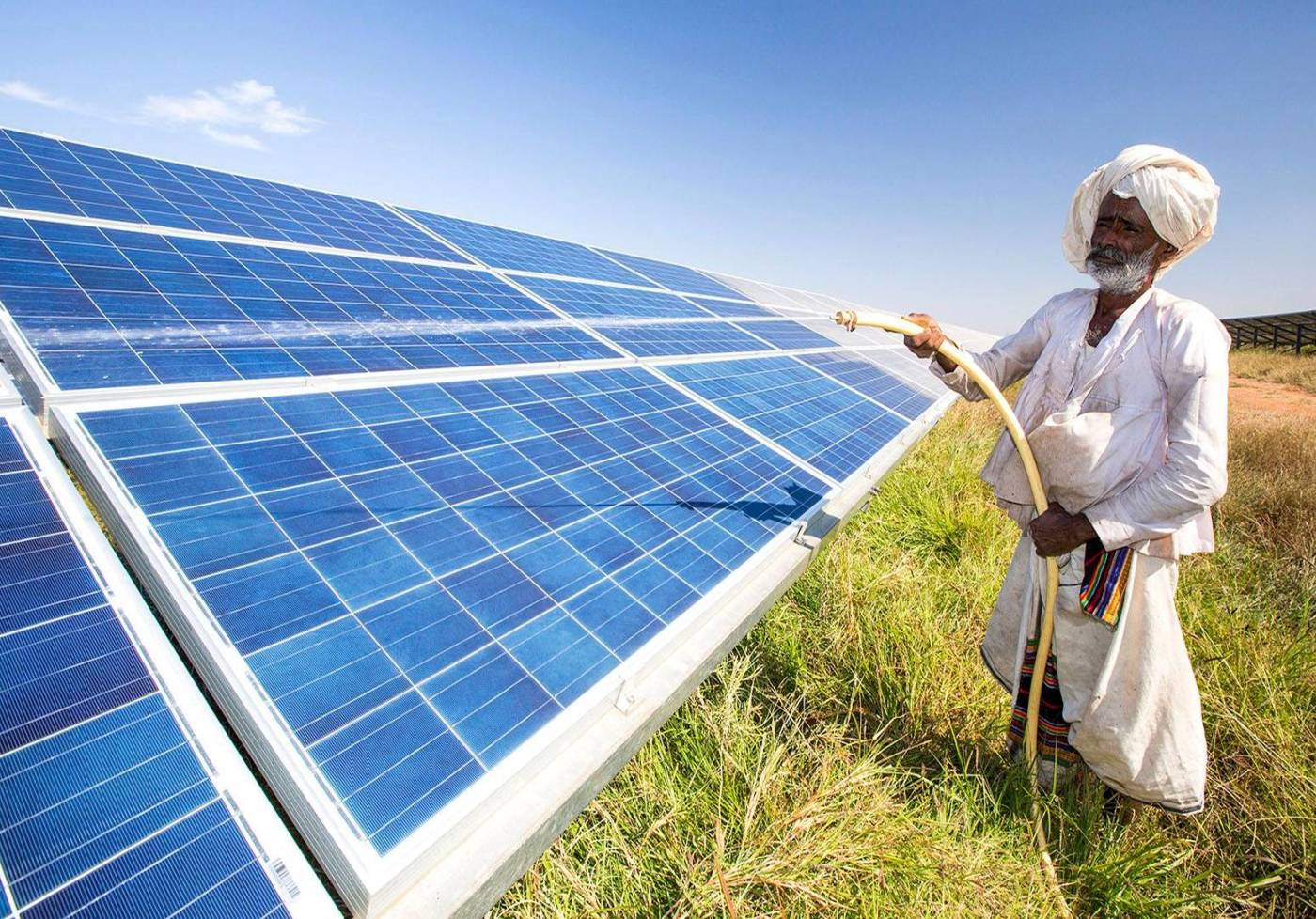
In rural and off-grid regions, many children are forced to study in dimly lit classrooms or skip evening study sessions due to power cuts. Solar systems, especially when paired with battery storage, bridge this gap, ensuring continuous learning without interruptions. For many children, it’s the difference between dropping out and pursuing their dreams.
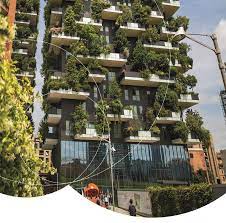
When schools embrace solar power, they send out a powerful message: the future is renewable. Not only do they reduce carbon emissions, but they also create a ripple effect in the community. Parents, local businesses, and governments get inspired to follow suit, multiplying the impact.